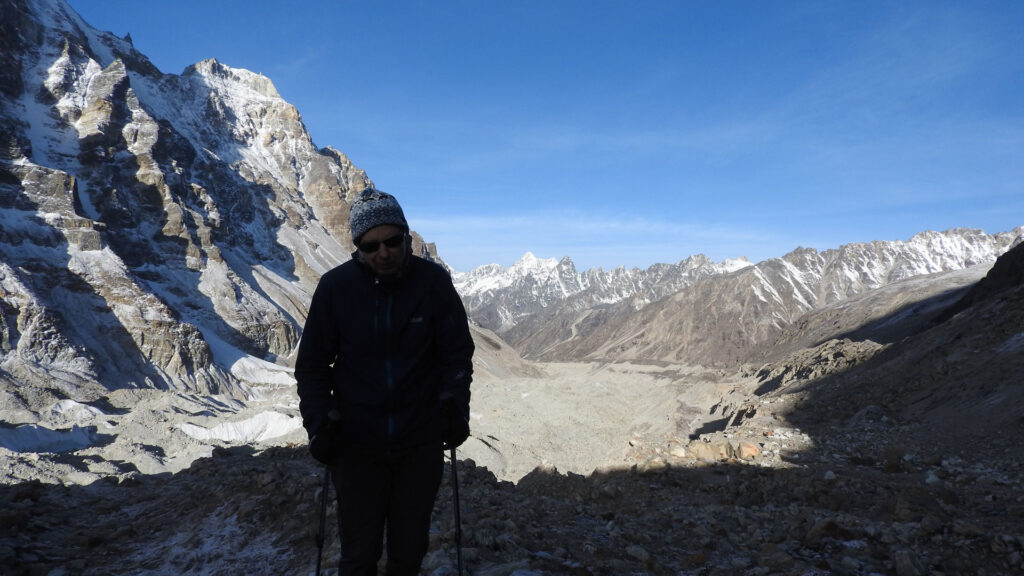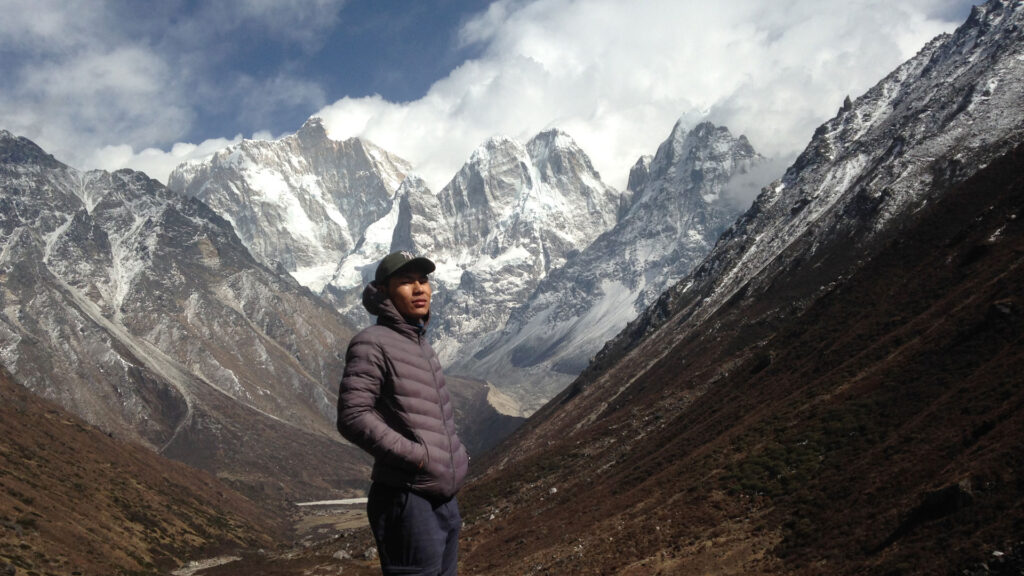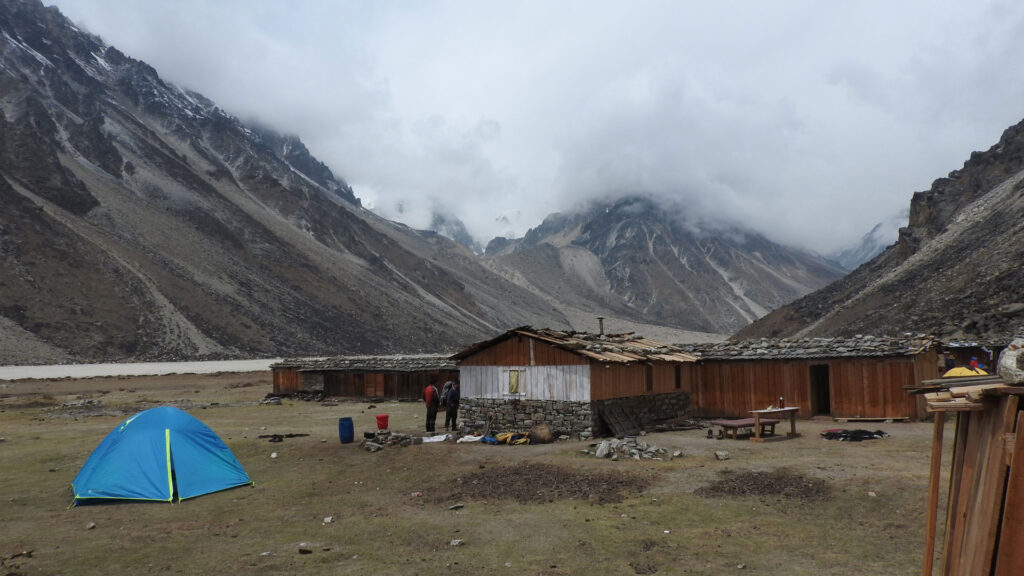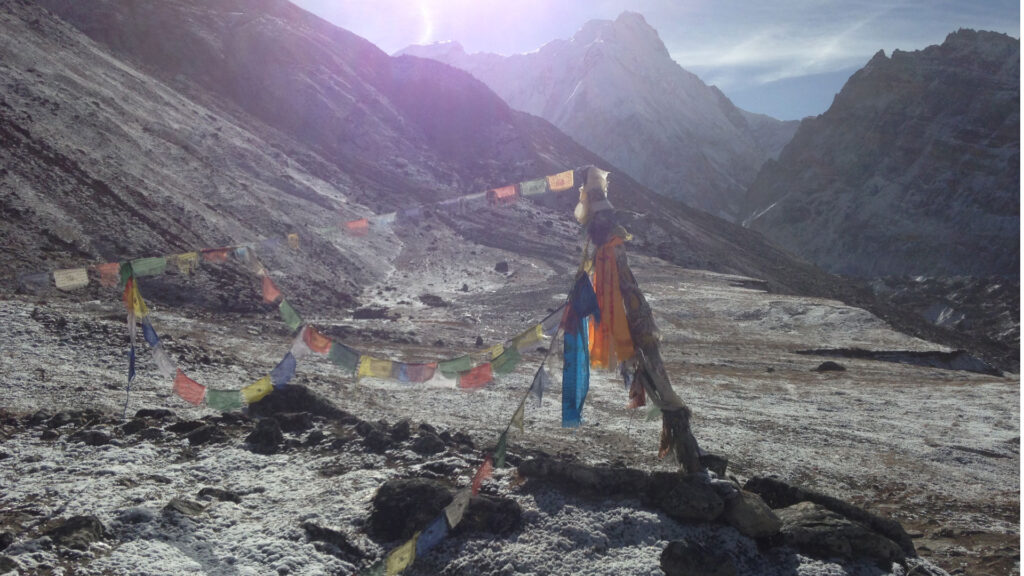- 10
- 6
- 2
- 32
Explore. Experience. Elevate.
Explore. Experience. Elevate.
Talk to an Expert

Quick Questions? Email Us
Clients Testimonial
Excellent trip in Kathmandu
Traveled with Himalayan Walkers around a month ago and had a great time. We always felt safe, had amazing guide (Suresh Dhakal) and got very good prices.
Thanks to suresh and Himalayan Walkers
We suggest this to anyone
Kazuo Riku , from Japan
Date of Exerience:September, 2024
The best trip in Kathmandu
We enjoyed our tour of Kathmandu city and appreciated the guide's knowledge of the area. The pace was good, and we saw all the major landmarks. We would recommend this tour.
Thanks to Himalayan walkers
Yamamoto Kenzo , from Japan
Date of Exerience:October, 2023
Had wonderful experience and such a beautiful place in nepal
I recently had the pleasure of going on the "7 Wonders of Kathmandu Valley" tour, and it was an unforgettable experience! As a first-time visitor to Nepal, this tour provided the perfect opportunity to explore the rich culture, history, and stunning architecture of Kathmandu and its surroundings.
The guide were incredibly knowledgeable and passionate about Nepal's history, and they made sure to highlight interesting facts about each site, enriching the experience. They were also friendly and attentive, making the tour feel personalized.
The tour took us to seven of the most iconic and historically significant sites in the valley, each offering something unique. From the ancient temples of Pashupatinath and Swayambhunath (Monkey Temple) to the serene beauty of the Boudhanath Stupa, every stop was awe-inspiring. The grandeur of Patan Durbar Square and Bhaktapur Durbar Square took me back in time with their intricate architecture and vibrant local culture. And the peaceful atmosphere of the gardens and courtyards at the Garden of Dreams was a lovely respite after a day of exploring The guides were incredibly knowledgeable and passionate about Nepal's history, and they made sure to highlight interesting facts about each site, enriching the experience. They were also friendly and attentive, making the tour feel personalized.
Abdullah , from Qatar
Date of Exerience:February, 2025
Nepal 1st trip
Himalyan walkers have a really advance guide, great price options, and various offers for this day tour, a lot of insights to cultural heritage of this city, our guide Suresh was so knowledgeable that he explained everything to us. Highly recommend this tour. Thanks to Himalyan walkers.
Randy Croter , from Sweden
Date of Exerience:December, 2024
The best tour in Kathmandu
The best trip I have ever done. So deep, insightful and enlightening. Thanks suresh and Himalayanwalkers.
Anthony Chef , from Sweden
Date of Exerience:January, 2025
Adorable ☺️
We flew to Nepal after our thailand trip. we wanted to see the Himalayas and have get experience about nepalese culture . Some of the my colleague Recomended that himalayanwalkers is the best tour operator in Kathmandu which fulfill our desire so we chose it and really appreciated. Best guide, comfortable luxury transportation and unforgettable tour of kathmandu city heritage. Highly recommend it!
John and Catherine , from Malta
Date of Exerience:December, 2024
The Kanchenjunga Region, situated in eastern Nepal, is an unspoiled gem that offers unparalleled trekking experiences amidst breathtaking landscapes and vibrant cultural traditions. Named after Mount Kanchenjunga (8,586m), the third-highest peak in the world, this region is a sanctuary for those seeking adventure in a remote and tranquil setting. The region is part of the Kanchenjunga Conservation Area, which boasts rich biodiversity, including rare species such as the snow leopard, red panda, and Himalayan musk deer. With its rugged mountain terrain, lush valleys, alpine meadows, and serene glacial lakes, the Kanchenjunga Region presents one of the most awe-inspiring trekking experiences in Nepal.
The Kanchenjunga Region is also home to vibrant Limbu, Rai, Sherpa, and Tibetan-influenced communities, allowing trekkers to immerse themselves in the rich cultural tapestry of the area. The warm hospitality of the locals, traditional villages, and ancient monasteries add a unique cultural dimension to the natural grandeur of this remote Himalayan haven.
Diverse Landscapes of the Kanchenjunga Region
The Kanchenjunga Region features an extraordinary range of landscapes, from tropical lowlands filled with lush forests to high-altitude terrains dominated by glaciers and towering peaks. Trekkers are treated to stunning views of Kanchenjunga, Jannu (Kumbhakarna), and numerous other Himalayan giants, while trails pass through remote villages, terraced fields, and rhododendron forests. The region also features spectacular glacial rivers, high mountain passes, and pristine alpine lakes, offering a sense of wilderness rarely found elsewhere.
Trekking Routes in the Kanchenjunga Region:
1. Kanchenjunga Base Camp Trek
The Kanchenjunga Base Camp Trek is the most iconic trail in the region, taking trekkers to the base camps on both the north (Pangpema, 5,143m) and south (Oktang, 4,610m) sides of Mount Kanchenjunga. This 20–25-day trek passes through remote villages, dense forests, and dramatic high-altitude landscapes. The trek’s highlights include panoramic views of Kanchenjunga and its neighboring peaks, as well as interactions with the region’s unique cultural communities.
2. Kanchenjunga North Base Camp Trek
For those who want a shorter adventure, the Kanchenjunga North Base Camp Trek focuses on the northern side of the mountain, culminating at Pangpema. The trail offers jaw-dropping views of Kanchenjunga and the surrounding glaciers, with an intimate experience of the region’s wilderness.
3. Kanchenjunga South Base Camp Trek
The Kanchenjunga South Base Camp Trek is another incredible route that takes trekkers to Oktang, offering close-up views of the massive southern face of Kanchenjunga. This trek provides a more culturally immersive experience, as it passes through traditional villages and terraced farmland.
4. Lumba Sumba Pass Trek
The Lumba Sumba Pass Trek is a challenging but rewarding trail that connects the Kanchenjunga Region with the Makalu Region. The trek passes through the high-altitude Lumba Sumba Pass (5,177m), offering stunning views of Mount Kanchenjunga and Mount Makalu. Along the way, trekkers encounter remote villages and pristine wilderness.
5. Pathibhara Trek
For those looking for a shorter and spiritual trek, the Pathibhara Trek is an excellent choice. The trail leads to the sacred Pathibhara Devi Temple (3,794m), a pilgrimage site revered by Hindus and Buddhists. The trek also offers panoramic views of the Kanchenjunga range.
Cultural and Natural Highlights
Ethnic Communities: The Kanchenjunga Region is home to diverse ethnic groups, including the Limbu, Rai, Sherpa, and Tibetan-influenced communities. Trekkers can experience unique cultures, traditional dances, and local cuisines.
Sacred Sites: The region is dotted with monasteries, chortens, and gompas, reflecting the strong spiritual traditions of its people.
Biodiversity: The Kanchenjunga Conservation Area is a treasure trove of biodiversity, with rare wildlife such as the snow leopard, red panda, and Himalayan tahr, along with over 1,200 plant species.
Remote Wilderness: The Kanchenjunga Region offers a true sense of isolation and pristine nature, far from the crowds of more popular trekking areas.
Best Time to Visit the Kanchenjunga Region
The ideal seasons for trekking in the Kanchenjunga Region are spring (March–May) and autumn (September–November). These months offer stable weather, clear skies, and vibrant landscapes, with rhododendron forests in full bloom during spring.
Why Choose the Kanchenjunga Region?
The Kanchenjunga Region is a trekker’s dream for those seeking solitude, unspoiled natural beauty, and authentic cultural experiences. With its diverse trekking routes, ranging from spiritual short treks to challenging high-altitude expeditions, the region offers something for every adventurer. Whether you’re marveling at the grandeur of Kanchenjunga’s peaks, exploring the rich traditions of the Limbu and Rai communities, or trekking through lush forests and glacial landscapes, the Kanchenjunga Region promises an unforgettable journey into one of the most remote and stunning corners of the Himalayas.








